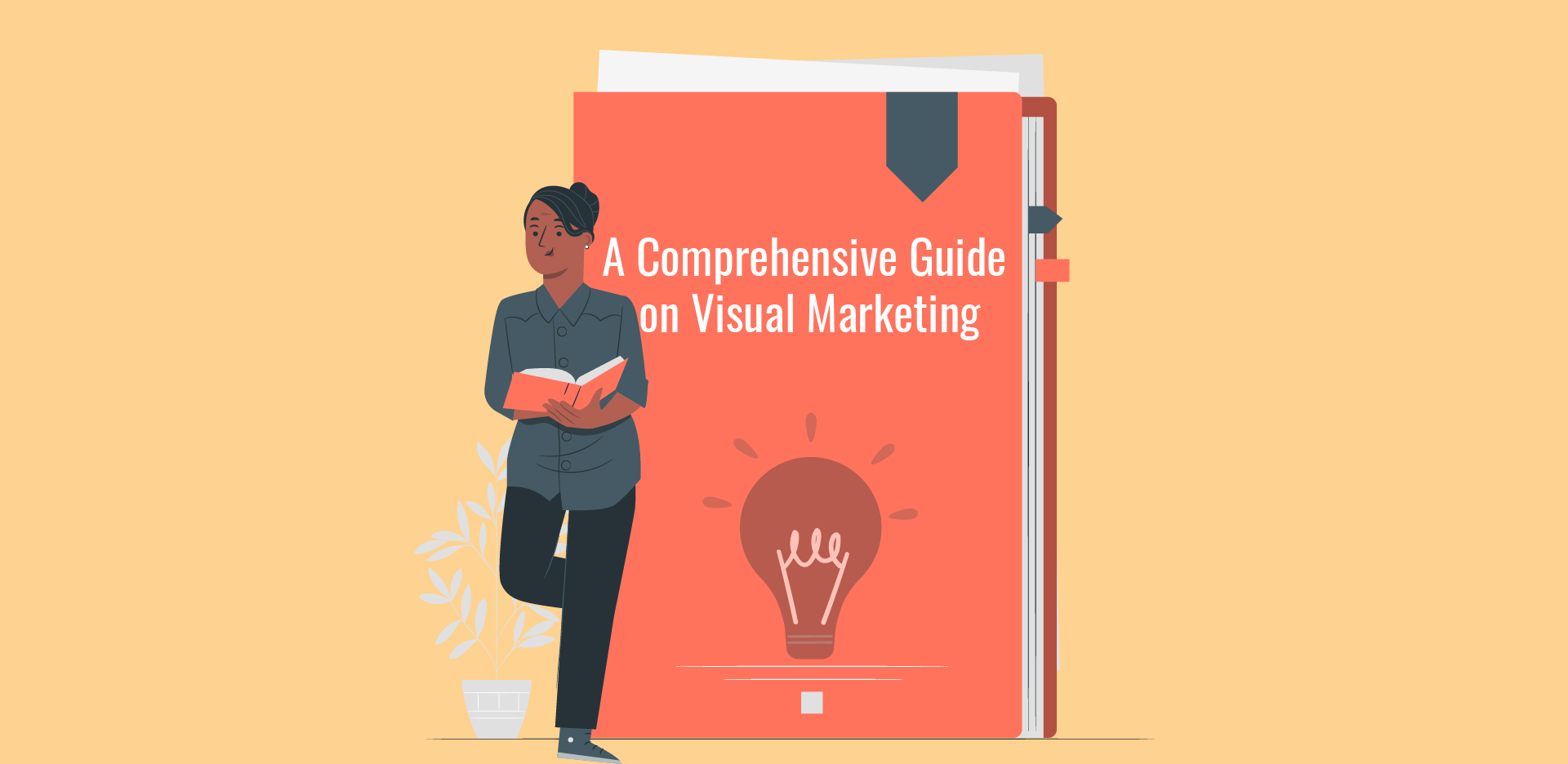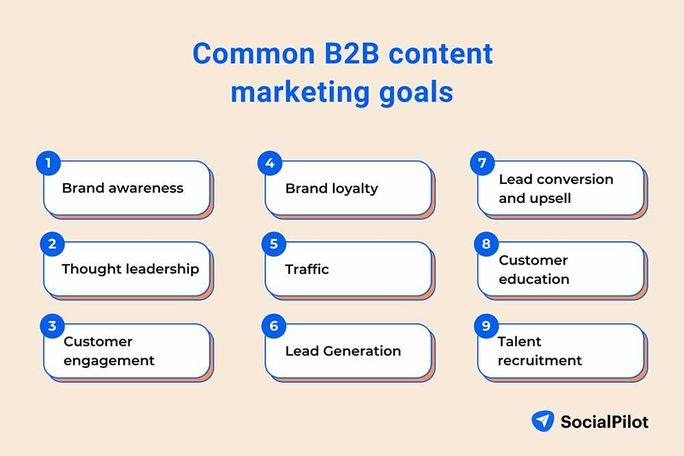
Copy ads make many mistakes. They include using emotions to hook a viewer, ineffective use of hooks that are "feelings", and the Call to Action. These mistakes and other pitfalls in ad copy can be avoided by reading this article. Continue reading to learn how to improve your ads and get results. We'll cover word choice and the Call to Action. These are some tips:
Common errors in copy ads

Even the most skilled copywriters are susceptible to making mistakes. The common mistake of using long sales copy that is often overlooked is the belief that it is not readable. In fact, while a long sales copy may compel a buyer, it also annoys readers. Here are some common blunders to avoid
Word choice in ad copy
Your copy ad is as important as the words you choose. Use powerful words that create a positive image and encourage action. Avoid using oblique words and vague terms. These can be confusing and make it harder to communicate your message. When writing copy, choose descriptive words that make sense throughout the piece. You should avoid using weak words, which can be more abstract and confuse your audience about the message you are trying to convey.
Effectiveness of a "feelings hook"
An examination of the different types and styles of copy will reveal how effective a "feelings” hook is. Molly ran ads targeting three types of hooks during a recent campaign to promote a company that transforms plastic containers into works of art. Because it appeals to her target audience, she ultimately chose the "feelings” hook as her most effective copywriting strategy.
Ad copy calls to action

A headline that includes your call for action is a great way to make it standout. The call to action in an ad for Netflix is buried deep within the copy. But, it actually takes up most of the space in the ad. The copy is designed to be a micro-sales letter and to draw people in by focusing on its benefits and features. A compelling call to act should inspire action and be easily visible.
Avoiding conflicting calls-to-action
Use conflicting calls of action in copy if you want to sell a product. In response to conflicting calls-to actions, people will often change their preferences. This phenomenon is called the decoy effect and can be used to your advantage when writing copy. The decoy effect allows you to tie your offer to a particular price or a better-known brand.
FAQ
Why should you use social media to promote your business?
Social Media Marketing, or SMM, allows you access customers directly on social networks, such as Facebook, Twitter LinkedIn YouTube YouTube Google+. You can also target specific groups within these networks using keywords.
This advertising method is cost-effective because it costs less to market online than traditional methods. You can also build strong relationships and trust with your clients, both current and prospective.
It is easy to use social media to promote your company. All you need is a computer or smartphone and access to the Internet.
How do I choose my target audience?
Begin by talking to yourself and people close to you. You might be unsure where to begin. Ask yourself: "Whom am I trying to reach?"
These are some questions to ask yourself: Who is the most influential person in my industry? What are their biggest challenges? What are their top talents? Where are they located online?
Start at the beginning of your business. Why did you start? What problem were you able to solve and how did this happen?
These answers will help you identify who your ideal clients are. They will also reveal their personality and reasons for buying from them.
To get clues about who they cater to, you can also check out your competitors' social media pages and websites.
Once you have identified the target customers, it is time to decide what channel(s) you want to use to reach them. You might, for example, create a website to target home buyers if you offer services to real-estate agents.
A blog that targets small-business owners could be a possibility if you are a software provider.
You could also create a Facebook account for teens if you sell clothing. Or if you're a restaurant owner, you could set up a Twitter account for parents looking for kid-friendly places to eat.
It is important to remember that there are many methods of getting your message across.
What is the basic purpose of advertising?
Advertising isn’t about selling products.
Advertising is about communicating your ideas and values to people who already care about what you have to say. It's about changing minds and attitudes. It's also about creating relationships.
It's about helping people feel good about themselves.
If you don't understand your customers' needs, you can't market to them.
It is essential to first understand the needs and purchasing habits of your customer before you embark on any advertising project.
Then you can design ads that will resonate with them.
What does it mean to be an advertiser buyer?
An advertiser buys advertising space on TV, radio, print media, etc.
An advertiser pays for the time they want their message to appear.
They do not always look for the best ads, but are looking for the most effective to reach their target audience.
Advertisers might have certain demographic information about potential customers. This could include age, gender income level, marital status and occupation as well as hobbies, interests, and so on.
This information can be used by advertisers to decide which media works best for them. For example, they might decide that direct mail would be more effective with older audiences.
Advertisers also take into account the competition. Advertisers may choose to place ads near competitors if there are similar businesses in the area.
In addition, advertisers consider the size of their budget and the amount of time they have to spend their money before it expires.
What do you need information about print advertising
Print advertising can be a powerful medium for communicating with customers. Print advertising is used extensively by companies to promote their products or services. The key objective is to capture the attention of the consumer.
Print ads are usually short (one page) and contain text, pictures, logos, and other graphics. You may also find sound, animation, video and hyperlinks.
The following categories are the most common types of print advertisements:
1. Brochures – These are large format printed pieces that are intended to draw people into stores. They are often filled with colorful images and catchy designs.
2. Catalogues are smaller versions than brochures. They are sent to customers who have requested specific information.
3. Flyers - These are small pieces of paper distributed at events such as concerts and fairs. They can be given at retail outlets but must be paid for.
4. Posters - These are larger versions of flyers. They are placed on walls, fences, buildings and other surfaces. These are often created with computer software programs to grab the attention of passersby.
5. Direct mail - This refers to letters or postcards mailed directly to potential customers. These are sent periodically by companies to remind current customers about their business.
6. Newspaper ads - These ads are published in magazines and newspapers. These ads are often quite long and include both text and images.
What do you need to know about internet advertising?
Internet advertising has become an integral part any business strategy. It is a cost-effective way for companies to reach potential customers. There are many kinds of internet advertising. Some are free while others may require payment.
There are many other ways to advertise online. Each method has its benefits and drawbacks.
What do you need to know about television advertising?
Television advertising has the potential to reach large audiences at once. It was also quite expensive. But if you use it correctly, it can be extremely powerful.
Although there are many types, TV ads share certain common characteristics. When planning any TV ad, the first thing you should do is ensure that it fits within its category. If you're running a product commercial, don't try to run a lifestyle commercial as a product commercial. Your message should be consistent throughout the entire campaign.
The second thing to remember is that the best time to air your ads is during prime-time hours. This is because viewers tend to watch TV while sitting down in front the television. You want them to be comfortable enough to listen to your words.
Last but not least, just because you have a lot of money does not mean that you will get great results. However, this may not be true. According to a University of California study, commercials that aired on popular TV shows had lower sales than those that aired on unpopular programs. Make sure you are doing it right if you're spending a lot on TV advertising.
Statistics
- Worldwide spending on advertising in 2015 amounted to an estimated US$529.43 billion. (en.wikipedia.org)
- It collects money from the advertisers, keeps 32% for its role in facilitating the process, and the remaining 68% goes to the publisher (you). (quicksprout.com)
- It's 100% reliant on your website traffic. (quicksprout.com)
- Advertising's projected distribution for 2017 was 40.4% on TV, 33.3% on digital, 9% on newspapers, 6.9% on magazines, 5.8% outdoor, and 4.3% on radio. (en.wikipedia.org)
External Links
How To
How do you place an ad on a billboard
Billboards were popularized by the United States Army during World War II. They became a standard fixture along roadsides and highways. Many billboards include text advertising and others may also display photographs or artwork. Although most billboards remain static, some display messages that change frequently, such as weather forecasts and stock prices or news about political events.
Although most billboards can be found outdoors, there are also indoor options. Outdoor billboards usually face traffic passing by them at least several times per day, while indoor ones may only be seen once every few years. The most common type of outdoor billboard is called a "cubic" billboard because it is composed of three layers -- two sheets of glass sandwiching a layer of fiberglass mesh. This design allows air movement through the billboard. It is cool in hot weather, and warm when it's cold.
Advertisers pay companies like Billboard Advertising Inc., which owns and operates many of North America's largest billboard advertising firms, to put their ads up on their billboards. These companies then sell space on their billboards to advertisers. These spaces are bought by advertisers based on their advertising budget. Advertisers often select the best places for their ads based upon where people walk and drive the most.
Billboard Advertising Inc. sells advertising space. It also has agreements with local governments to place signs on public property. Some cities allow billboards anywhere; others restrict them to certain areas. Chicago, for example, requires billboards to be kept at least 1,000 feet away from highways. Other cities also require billboards to be no closer than 500 ft away from schools and churches.
Billboard Advertising Inc. has contracts to promote products and services throughout the United States, including Florida, California, Nevada, Texas, Arizona, New Mexico, Colorado, Washington, Oregon, Idaho, Utah, Wyoming, Alaska, Hawaii, Canada, Puerto Rico, Guam, Virgin Islands, and American Samoa.